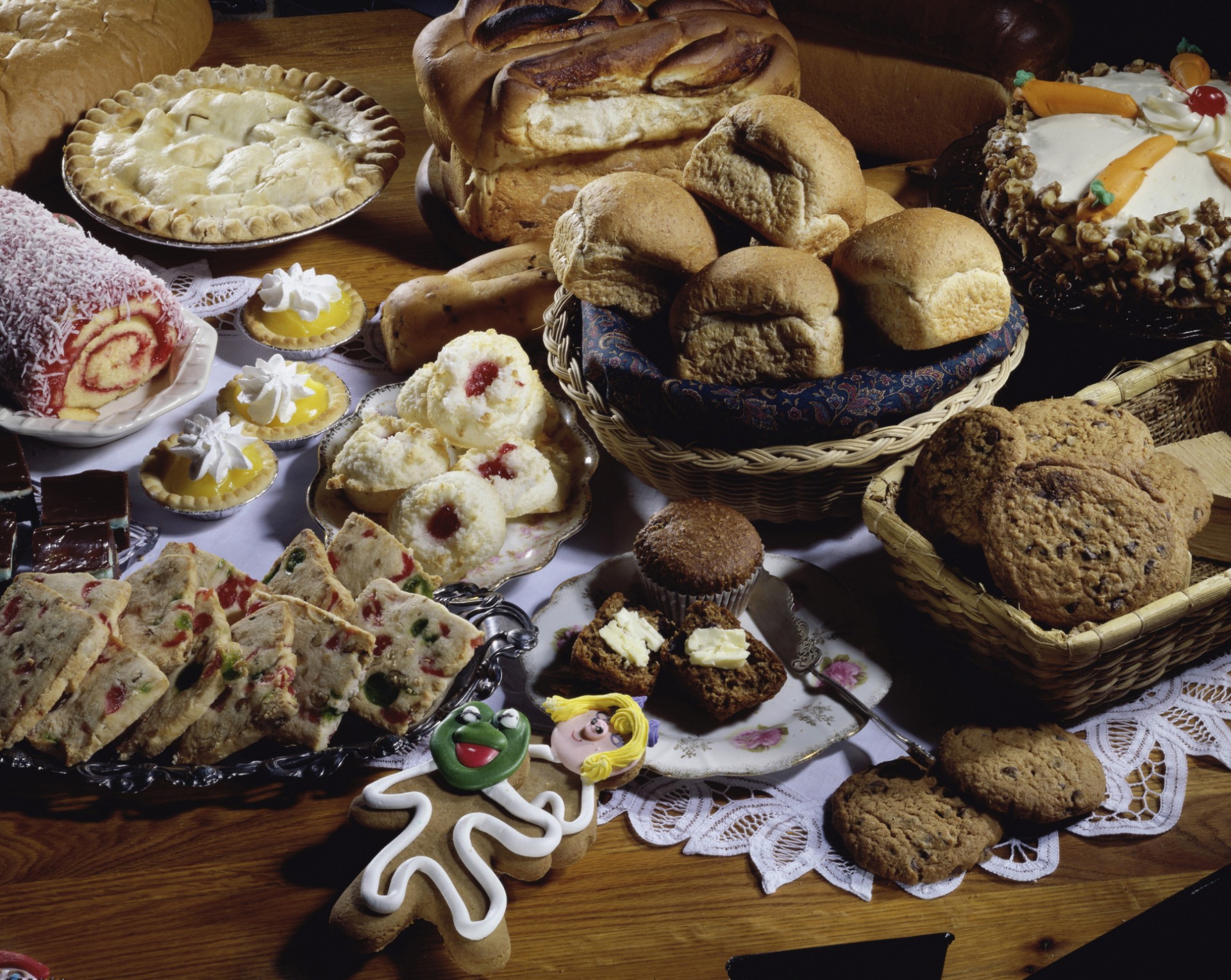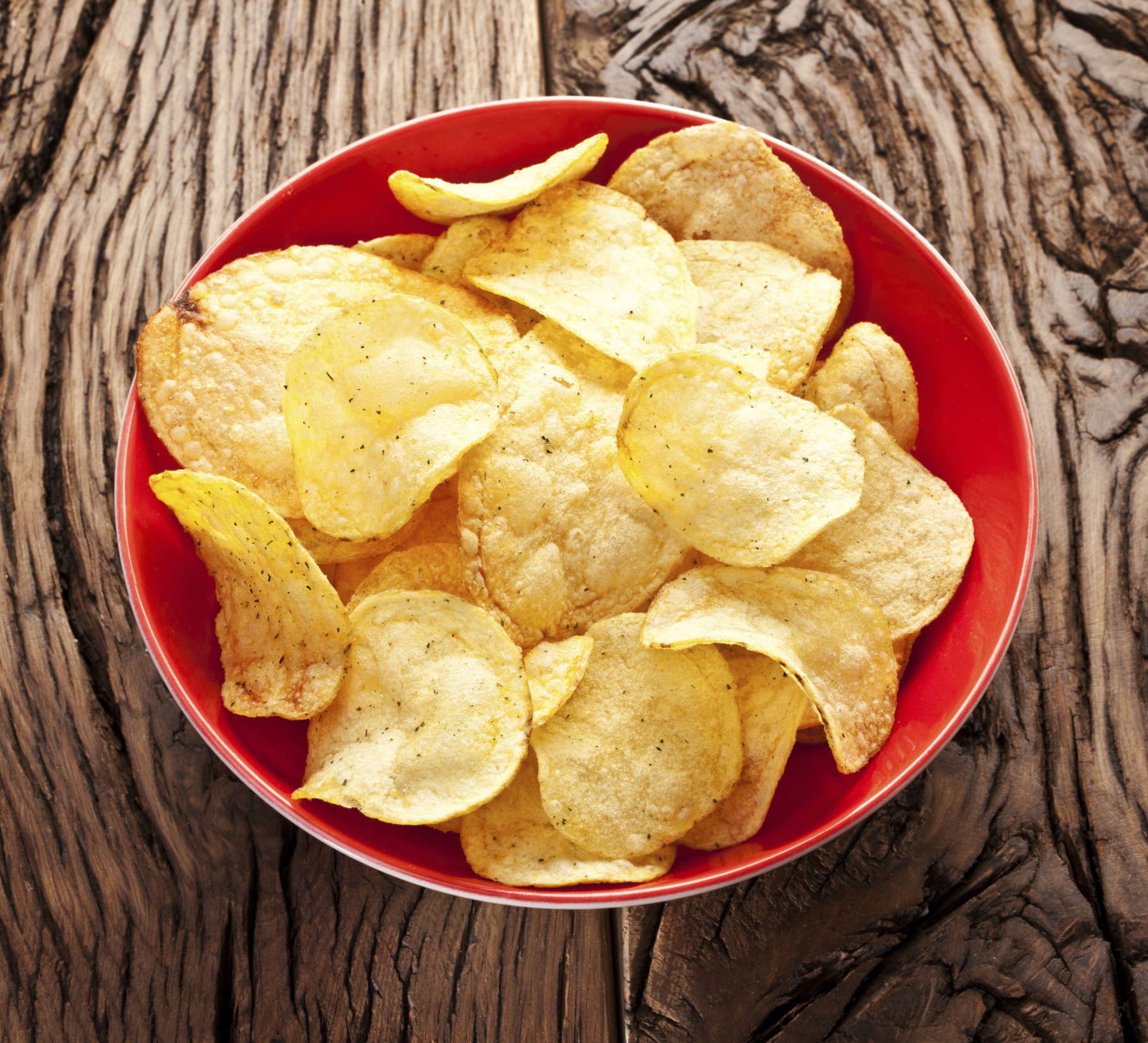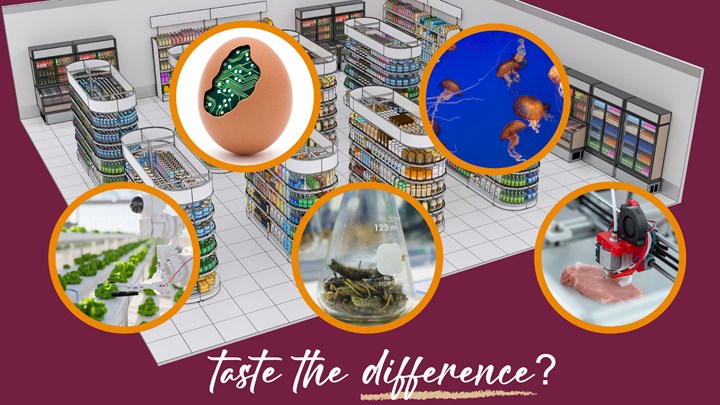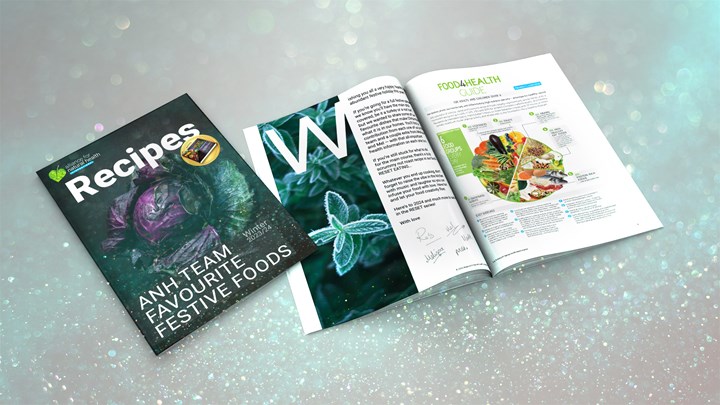By Rob Verkerk PhD, founder and executive director
We reported about a month ago that the UK government’s Chief Scientific Advisor, Professor Guy Poppy, had published a new update on acrylamide, the chemical that forms when certain, often starchy foods are baked, fried or heated to very high temperatures. Professor Poppy definitely shows his concern about these compounds that you won’t find anywhere on the ingredients label, because they are formed during the manufacture or cooking of the food. They are classified by the International Agency for Research on Cancer (IARC) as “probable human carcinogens” i.e. class 2a. In animal studies, acrylamide has been shown to cause tumours in adrenal glands, thyroid, lungs and testes.
How much acrylamide is there in your cooking?
There’s good reason to be concerned about acrylamide and, as with most carcinogens, it’s your chronic exposure and the amounts to which you are exposed that count most. It’s therefore imperative, if we want to reduce our risk of regular exposure to potential human carcinogens like acrylamide, that we know at least where the highest levels of acrylamide will be found.
A person who gets up in the morning to a bowl of breakfast cereal, a slice of toast and washes it down with a coffee is in fact going to be starting their day with a hefty load of acrylamide. That’s if you rely on data from the USA Food and Drugs Administration (FDA), the European Food Safety Authority (EFSA) and the UK’s Food Standards Agency (FSA) who have analysed, between 2002 and 2009, a wide range of food products.
What we’ve done is pooled these available data from the USA, EU and UK to create a single database of some 816 food products. We’ve collated the information into a single spreadsheet database that you can download as an Excel File or PDF.
Some of the highest levels can be found in the following food types:
- Potato crisps
- Vegetable crisps
- French fries
- Coffee
- Biscuits
- Breakfast cereals
- Cereal-based baby foods
- Bread
What’s most disturbing, is that these are among the foods most commonly consumed by children, and once these dietary patterns are set up, they are often continued into adulthood.
The maximum, and sometimes even mean, levels found in commercially produced foods are not infrequently several times greater than the ‘EU indicative level’, which acts as a benchmark for what might be viewed as a manageable level, but shouldn’t necessarily be interpreted as a safe level.
For anyone who frequently consumes baked or fried foods, especially manufactured ones, we strongly recommend you consult our database. Your health and cancer risk is related to a wide variety of factors, especially your gene expression, which in turn relates to how your environment, especially your diet, interacts with your particular genetic suite of cards. Essentially, that’s all about epigenetics and it’s a situation over which you have a large amount of control.
Think starchy carbs and high cooking temperatures and you’re in the domain of acrylamide.
That’s not all
Let’s not forget what other processes go on when you cook at high temperatures. Here are some extra things to look out for:
- Formation of dietary Advanced Glycation End (AGE) products (cross-linked proteins), where carbohydrates (sugars) bind directly with proteins without the involvement of enzymes, making them stiffer and less pliable. They are formed through the Maillard reaction and are formed particularly during dry cooking e.g. BBQing, roasting, grilling, frying. AGE products contribute to degenerative diseases, type 2 diabetes and related vascular injury, and obesity. They also (with the hint of a pun!) contribute to premature ageing
- Heat-damaged fats. Many fats like olive oil have low smoke points and are damaged when used for frying or other high temperature cooking methods. High temperatures may result in the formation of acrolein, which gives heat-damaged oils a characteristic bitter taste
- Cross-linking of sugars e.g. caramelisation, is also caused by the Maillard reaction. This reaction results in the formation of new compounds such as 5-sulphoxymethylfurfural (5-HMF) the health effects of which are yet to be fully understood.
- Destruction of nutrient and enzymes through excess heat from high temperature cooking, or high speed blending or centrifugal juicing. While there are some nutrients such as lycopene and beta-carotene, absorption of which is enhanced by cooking, others are broken down more rapidly as compared with their raw equivalents, such as glucosinolates in cruciferous veg (e.g. broccoli, kale, watercress), and allicin in garlic.
Key advice
- Check out our acrylamide database and minimize the frequency and amount of acrylamide-rich foods you (and any children in your care) consume
- Reduce the amount of heat you use to cook where there is a risk of forming harmful AGE or other glycation products. Be aware of the minimum cooking temperatures and durations especially of meats required to kill food-born pathogens, such as maintaining the core temperatures of between 60-70oC of your food for 2-45 minutes (check with food/meat thermometer)









Comments
your voice counts
10 December 2015 at 9:10 am
Good article illustrating that most people need to seriously look at their diet again. But making fresh vegetable juice and smoothies which are normally considered health foods are also condemned from high speed blending or juicing! Never heard that before! Not much healthy food left if you take those out!
10 December 2015 at 10:09 am
Hi Adele - masticating/auger/cold press type juicers get round the issues with fast centrifugal types! Check out the ANH Food4Health plate too! Happy slow juicing! Rob
11 December 2015 at 8:14 am
So to be specific about the juicing/smoothies, if the high speed smoothie is produced without heat as in the Thermomix does this too destroy nutrients and enzymes? I have never used breakfast cereals. Breakfast has usually consisted of my own sourdough loaves for toast and most recently has been replaced with green smoothies at high speed but ice cold.
11 December 2015 at 1:46 pm
This is of course bending, rather than juicing. The advantage is not removing any part of the plant food in blending, and if you keep the blending time low you are not applying much heat so damage to nutritional content will likely be minimal.
13 December 2015 at 5:35 pm
My goodness, I am Chinese and and lot of our food are cooked in high but fast heat.
It was rather distressing to learn that high-speed juicing is also not good. What about the slow citrus juice type of making ones juices. Is there a difference between blending and using the new fangled juicer for making vegetable and other fruits juices.
I thought I was eating rather healthily, i suppose I was wrong. Therefor what should one eat and still stay vibrant and interested in life?
14 December 2015 at 10:21 am
blending, rather than juicing has the advantage of not removing any part of the plant food, and if you keep the blending time low you are not applying much heat so damage to nutritional content will likely be minimal. Or masticating/auger/cold press type juicers get round the issues with fast centrifugal types!
30 December 2015 at 7:47 pm
I have been worried by the trend of my grown children (40 -50 yrs) using the high speed 'bullets'. Surely the act of biting, chewing and swallowing releases natural fluids from the mouth and the stomach that coat, break down, and finally assimilate nutrients. The bulk that is not used by the nutrition process is eliminated. On the way down it acts as a broom, and cleans the colon. Surely that is the natural way?
To bombard your body with many times its nutritional requirements is unnatural, and at the very least wasteful? Our bodies will only 'use' the nutrient quantities it needs for cell rejuvenation, and homeostasis, and rejects/eliminates the rest?
Think natural and eat wisely..... and slowly! Listen to your body. Jo M.
20 March 2016 at 2:24 pm
Helpful information shared. I am delighted to read this article. Thanks for giving us nice info. appreciate this post. Looking forward to more post from you!
Your voice counts
We welcome your comments and are very interested in your point of view, but we ask that you keep them relevant to the article, that they be civil and without commercial links. All comments are moderated prior to being published. We reserve the right to edit or not publish comments that we consider abusive or offensive.
There is extra content here from a third party provider. You will be unable to see this content unless you agree to allow Content Cookies. Cookie Preferences